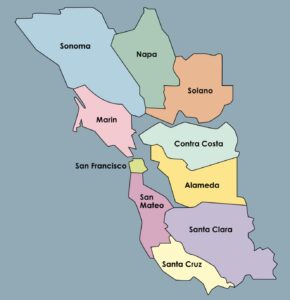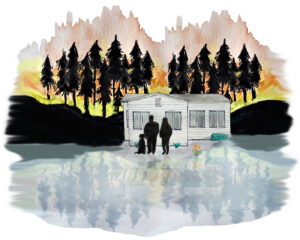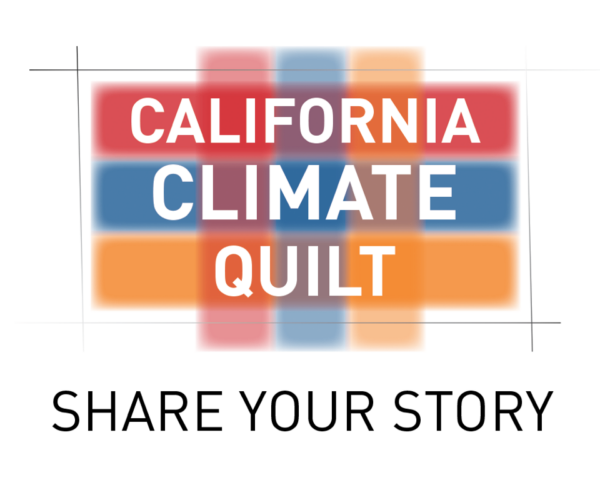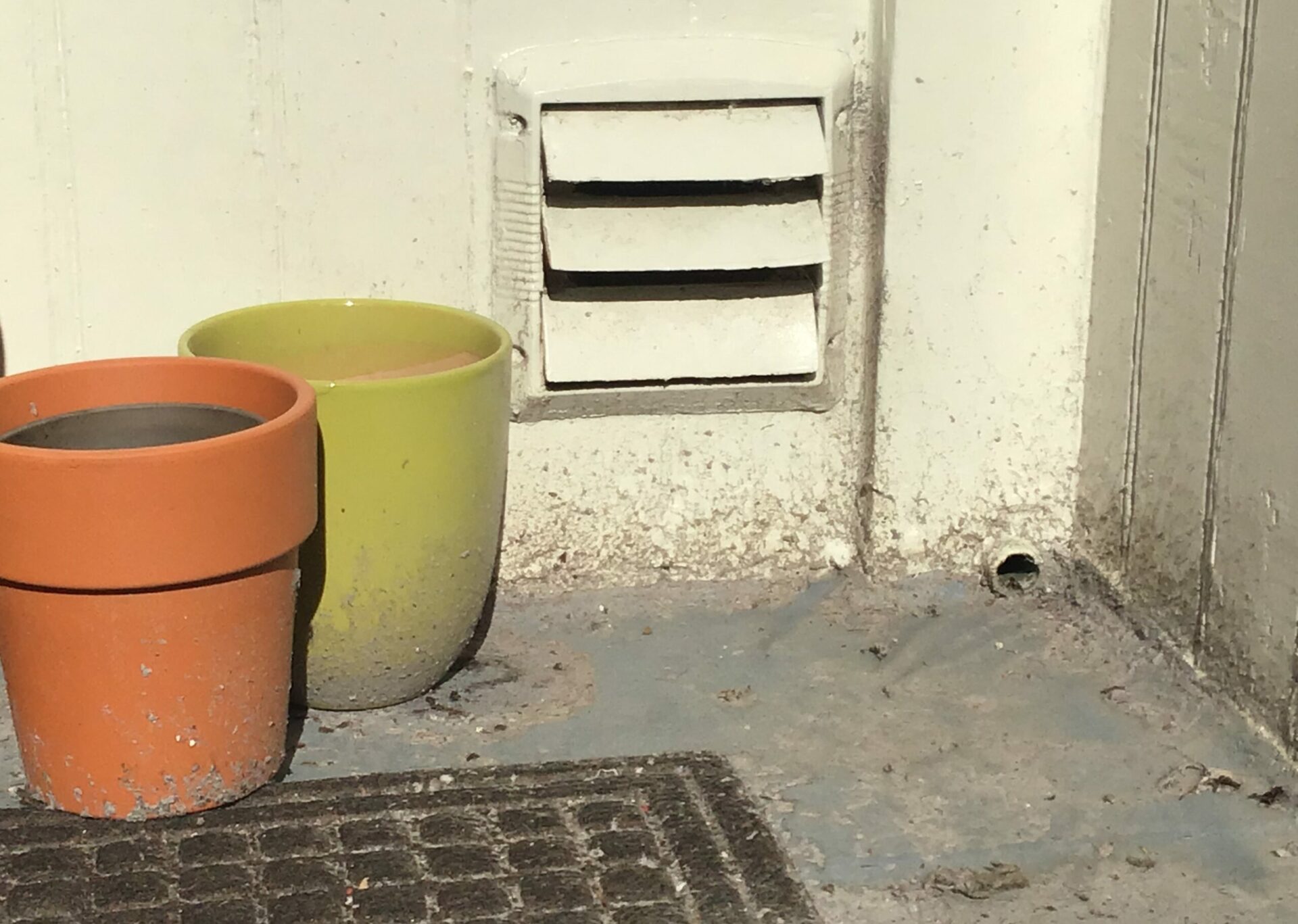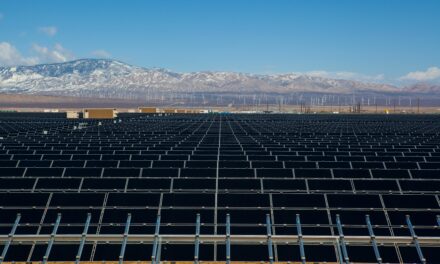Dryer Vents Blow Hot Air & Microplastics
New research confirms that air vents on tumble dryers – rather than washing machines – may be a leading source of microplastic fibers from clothing in the environment. The findings, presented in a new report by the San Francisco Estuary Institute, provide convincing reason to hang-dry clothes and to use energy-intensive dryers sparingly, if ever.
Microplastics have emerged in recent years as one of the most concerning forms of pollution, with the insidious little particles being found, among other places, in ocean-caught fish, beer, and even placentas of unborn babies.
Kelly Moran, an SFEI senior scientist and the lead author of the report, says emerging science on microplastic fiber sources also creates a significant regional divide between the people of the United States and Canada and those of the much of the rest of the world, including Europe and New Zealand.
“Tumble dryers aren’t widely used there,” she says, explaining that people in these regions tend to hang-dry their clothes or use gentler, less abrasive – and more energy-efficient – ventless dryer machines. Rather than spew out hot – and fiber-laden – air, ventless dryers recirculate heated air inside the system while draining out evaporated water.
“These geographic differences may explain why dryer vents are an under-studied source of microplastic pollution,” Moran and her colleagues suggest in their 137-page analysis. The authors also cite research suggesting that some dryers may cause 3.5 times the shedding of microplastic fibers that some washers do.
Microplastic fibers vented from clothes dryers may be especially problematic in the United States. That’s because Americans’ household wastewater is typically processed in treatment plants which remove most plastic particles, whereas dryer-released fibers exiting buildings can be washed into storm drains that flow directly to creeks. Many European communities, Moran says, have a different system entirely by which storm drains empty into wastewater treatment plants.
The SFEI’s report suggests regulatory action that could help mitigate microplastic pollution. Moran and her colleagues propose stricter standards on apparel fabric quality to reduce shedding. Filtration systems on dryer vents could also be improved to reduce microfiber emissions. They also encourage governments to ease restrictions on using outdoor clotheslines to dry clothes.
Other Recent Posts
Gleaning in the Giving Season
The practice of collecting food left behind in fields after the harvest is good for the environment and gives more people access to produce.
New Study Teases Out Seawall Impacts
New models suggest that sea walls and levees provide protection against flooding and rising seas with little effect on surrounding areas.
Oakland High Schoolers Sample Local Kayaking
The Oakland Goes Outdoors program gives low-income students a chance to kayak, hike, and camp.
Growing Better Tomatoes with Less Water
UC Santa Cruz researchers find the highly-desired ‘Early Girl’ variety yields more tomatoes under dry-farmed conditions.
Santa Clara Helps Homeless Out of Harm’s Way
A year after adopting a controversial camping ban, Valley Water is trying to move unsheltered people out of the cold and rain.
The Race Against Runoff
San Francisco redesigns drains, parks, permeable pavements and buildings to keep stormwater out of the Bay and build flood resilience.
Learning the Art of Burning to Prevent Wildfire
In Santa Rosa’s Pepperwood Preserve, volunteers are learning how controlled fires can clear out natural wildfire fuel before it can spark.
Martinez Residents Want More Than Apologies — They Want Protection
After a 2022 release of toxic dust and a February 2025 fire, people in the northeast Bay town are tired of waiting for safety improvements.
Weaving Fire Protection Out Of What’s Already There
A new Greenbelt Alliance report shows how existing vineyards, grasslands, and managed forests can slow wildfire and save vulnerable homes.
Fall Plantings Build Pollinator Habitats in Concord
Community groups, climate advocates and a church are coming together to plant pollinator gardens as monarchs, bees see population declines.
Moran says voluntary action at the individual level will also be helpful, primarily by avoiding dryer use when possible. “If you don’t have outdoor space, use an indoor folding rack – that’s what I do,” she says.
Though such solutions are seemingly obvious, reducing environmental pollution while improving energy efficiency and climate resilience, significant change will probably not come easily. “It’s difficult to change our lifestyles,” Moran says. “There’s a big gap between knowing what the solution is and doing it.”

